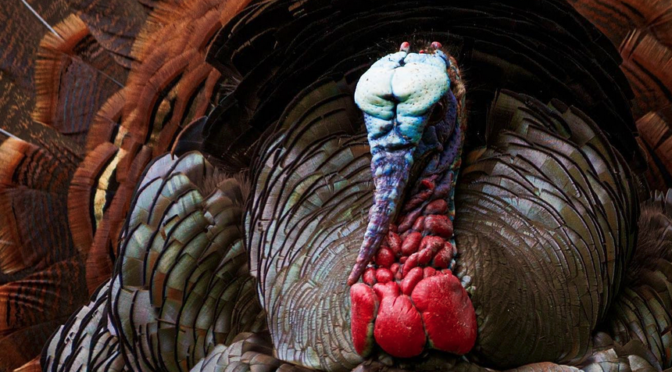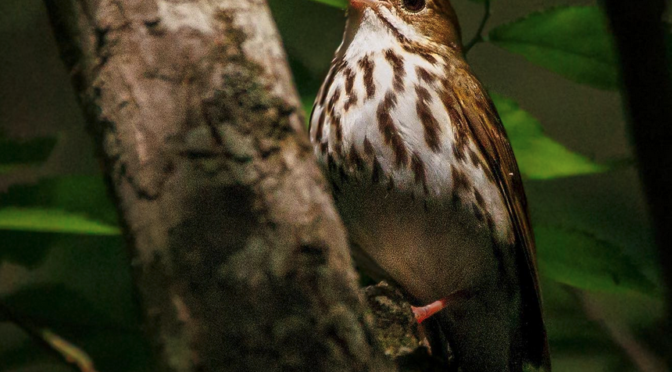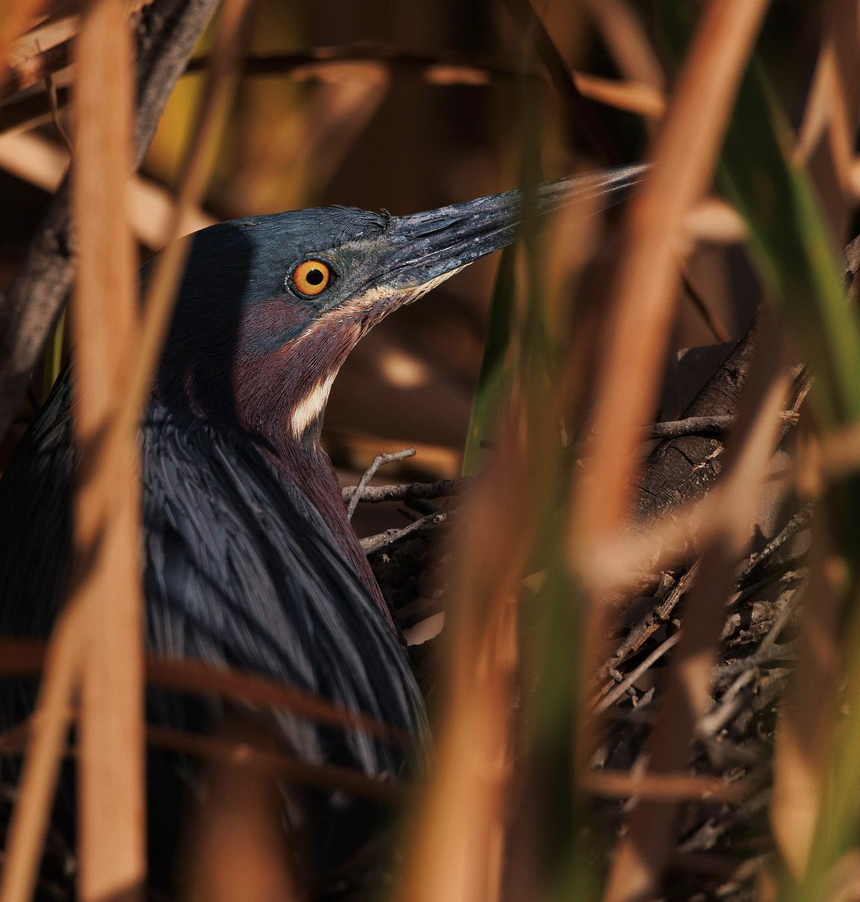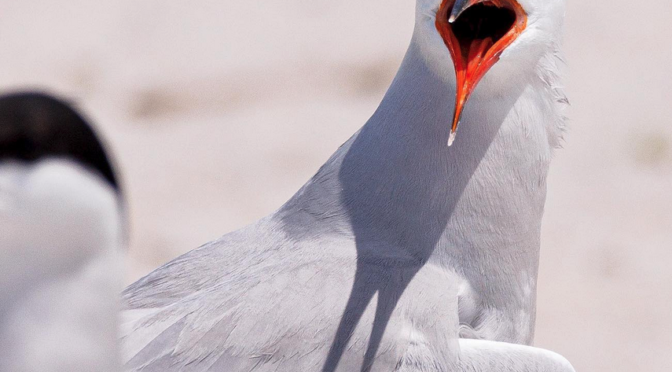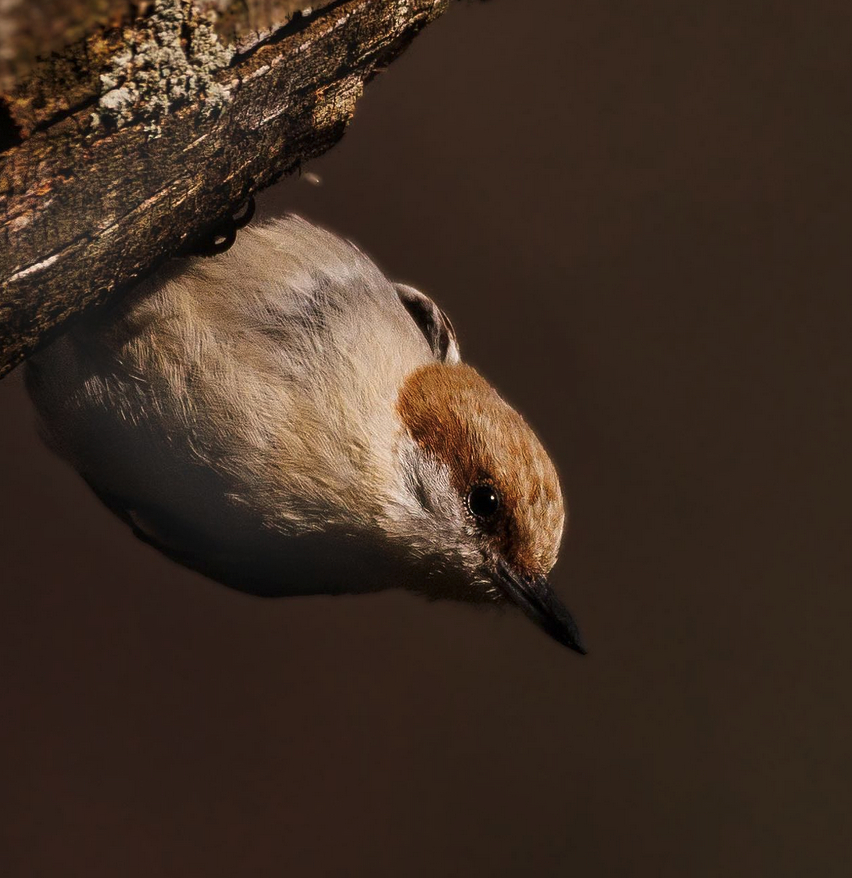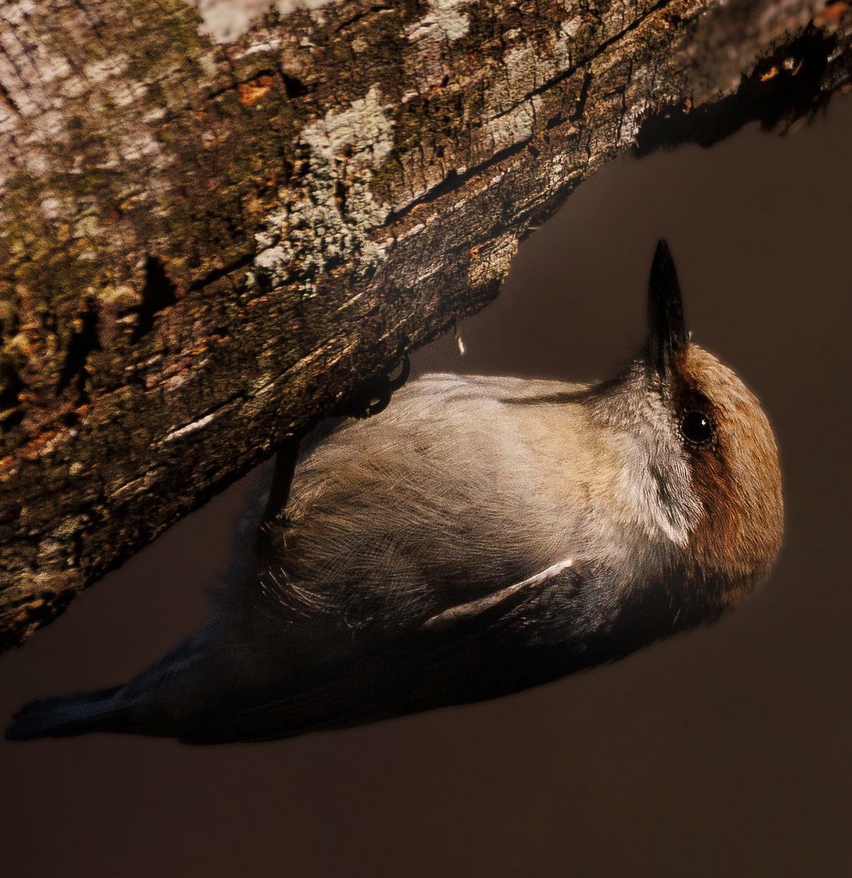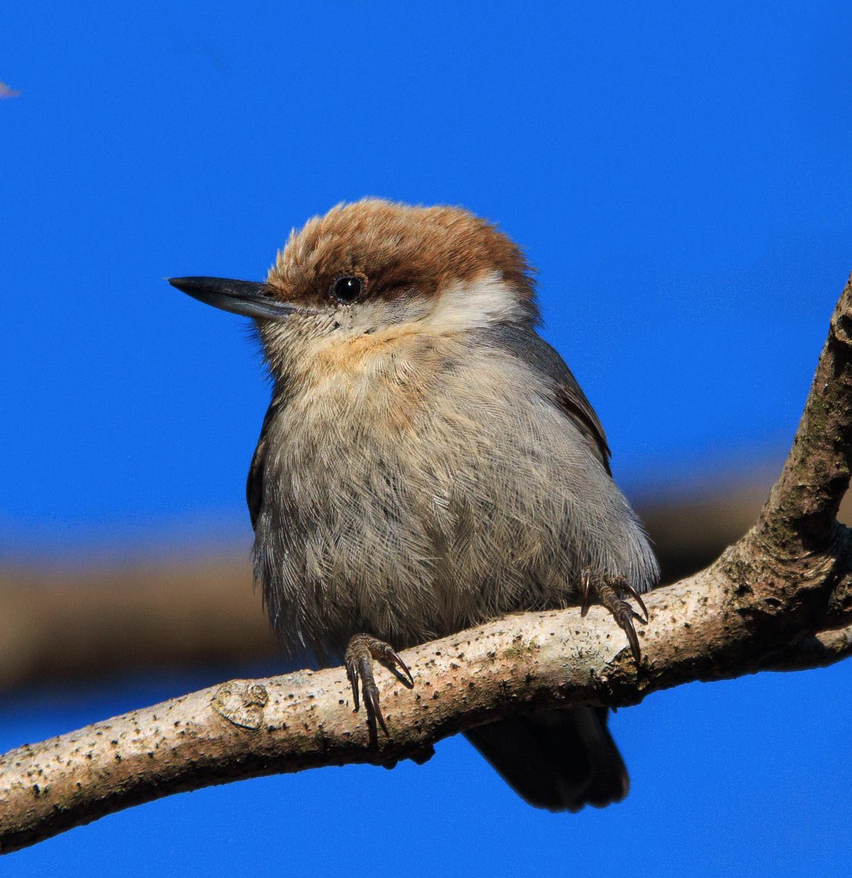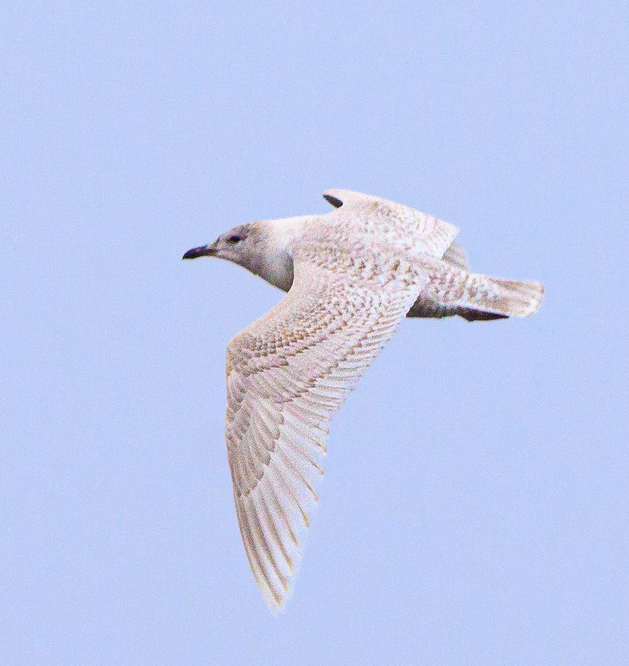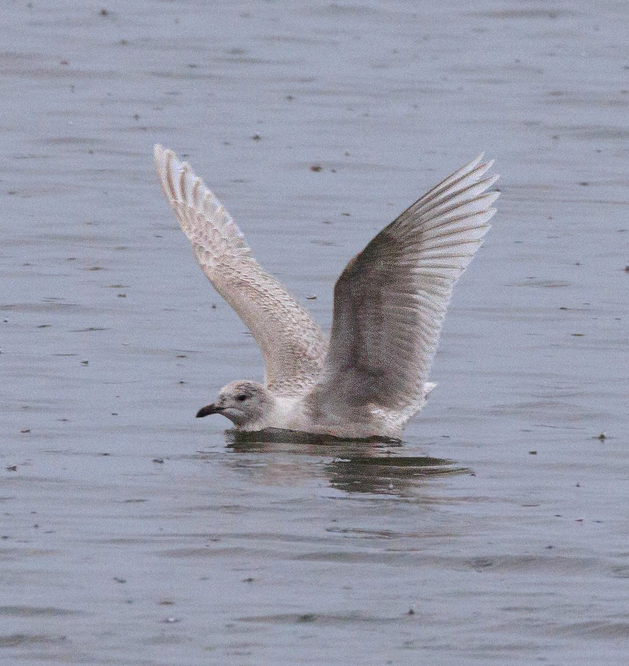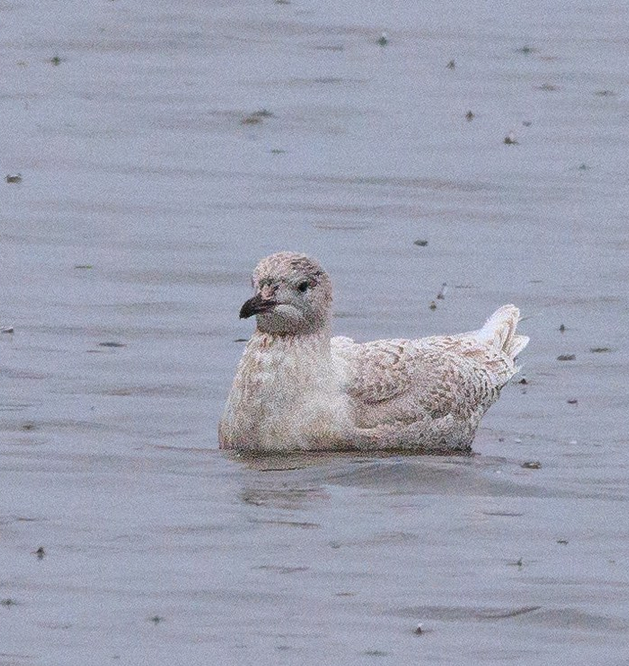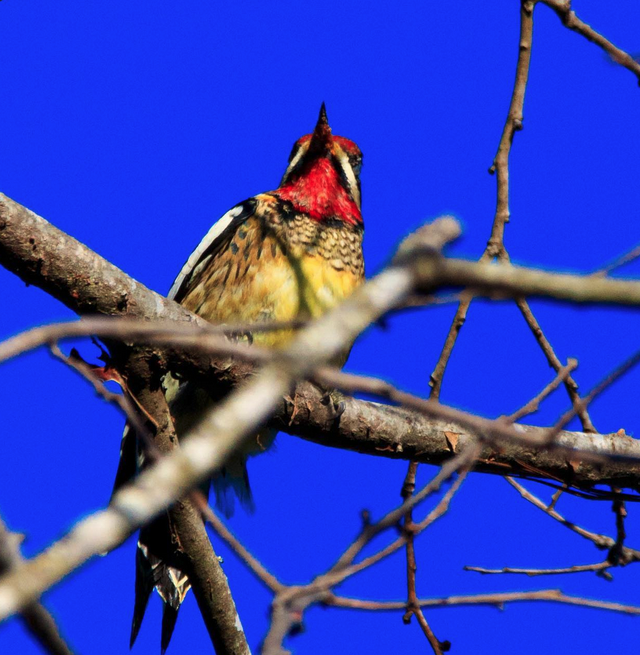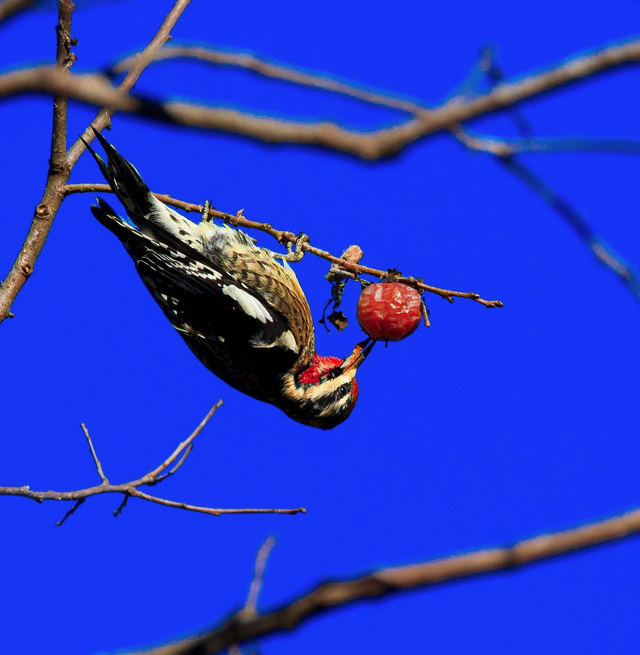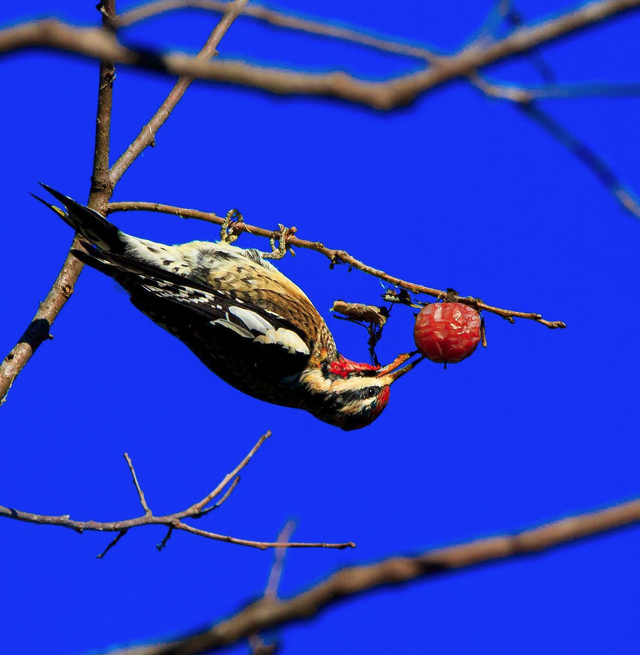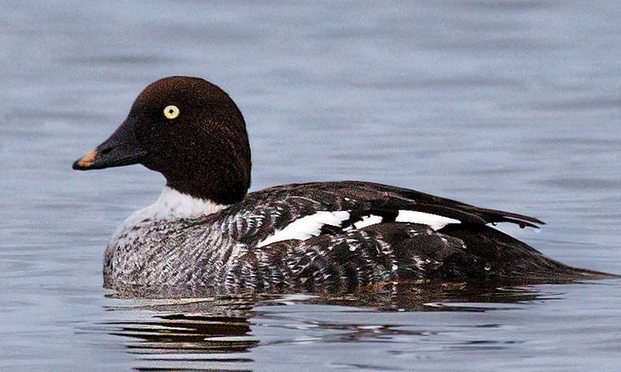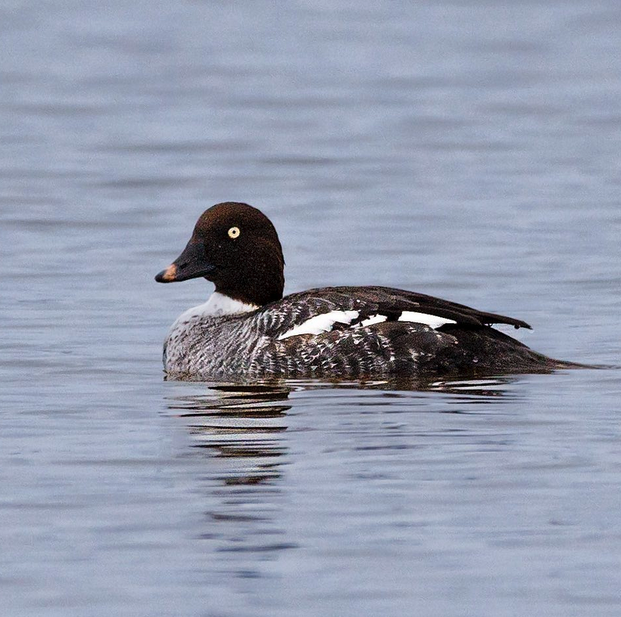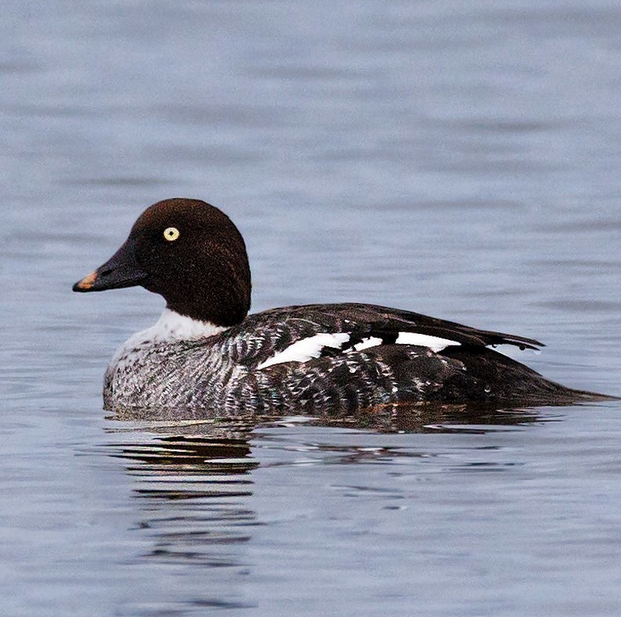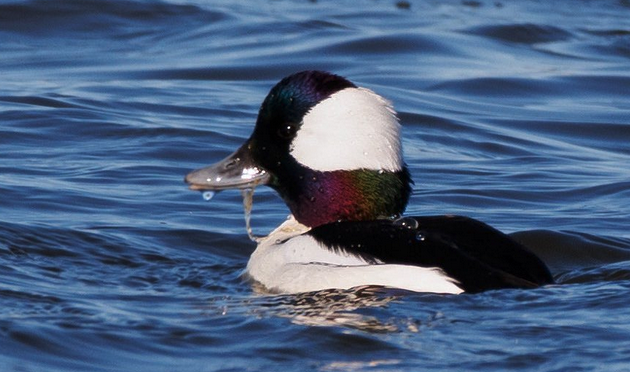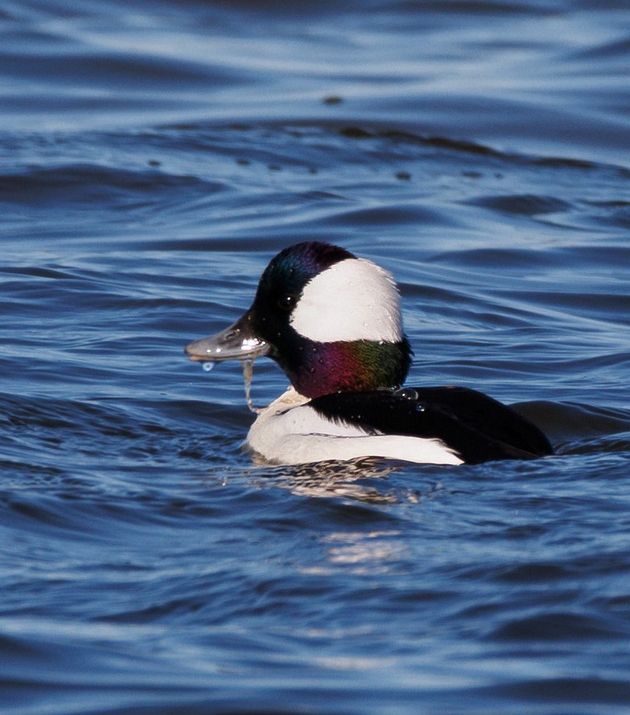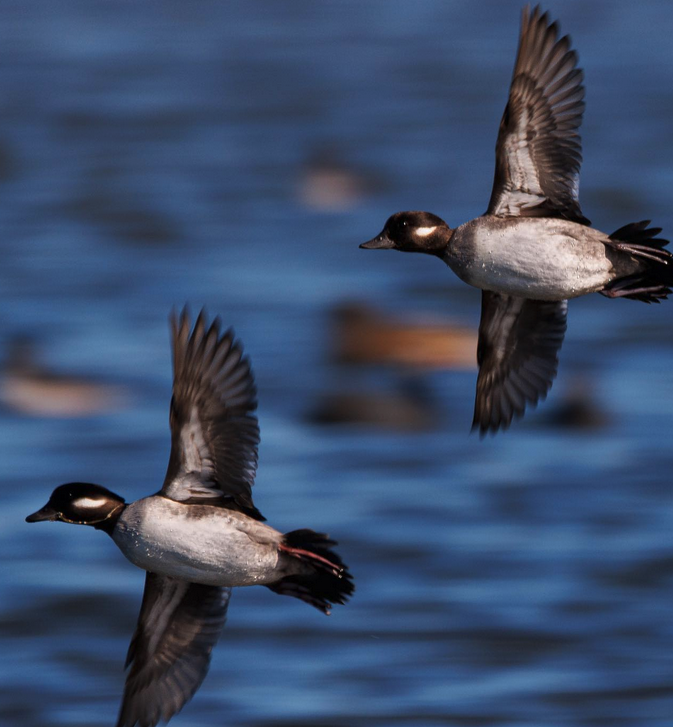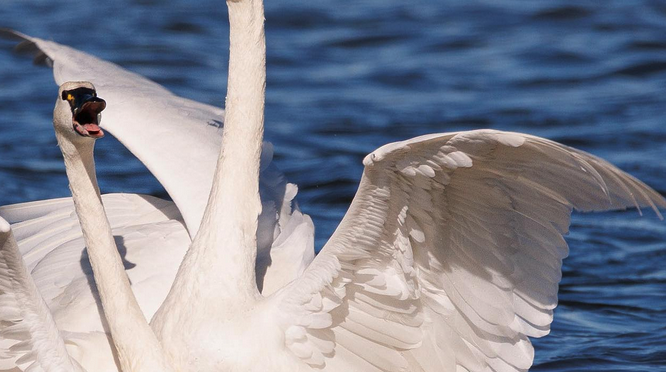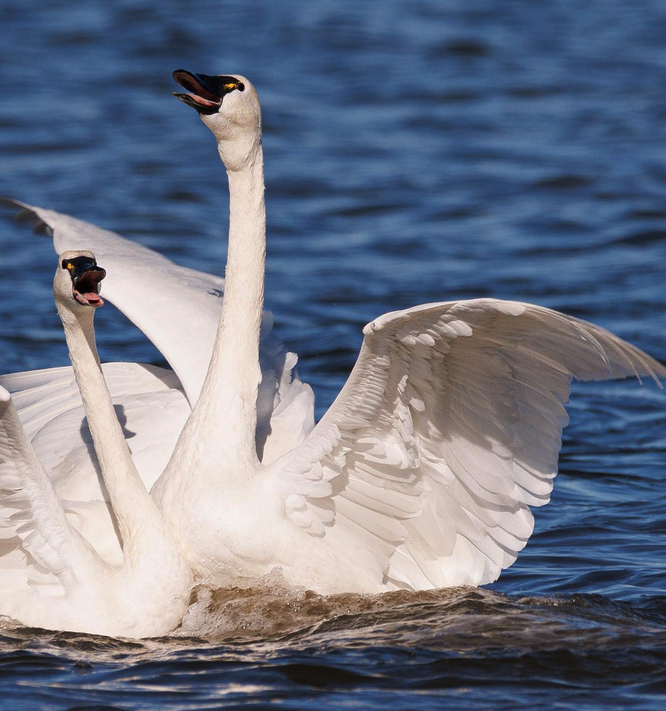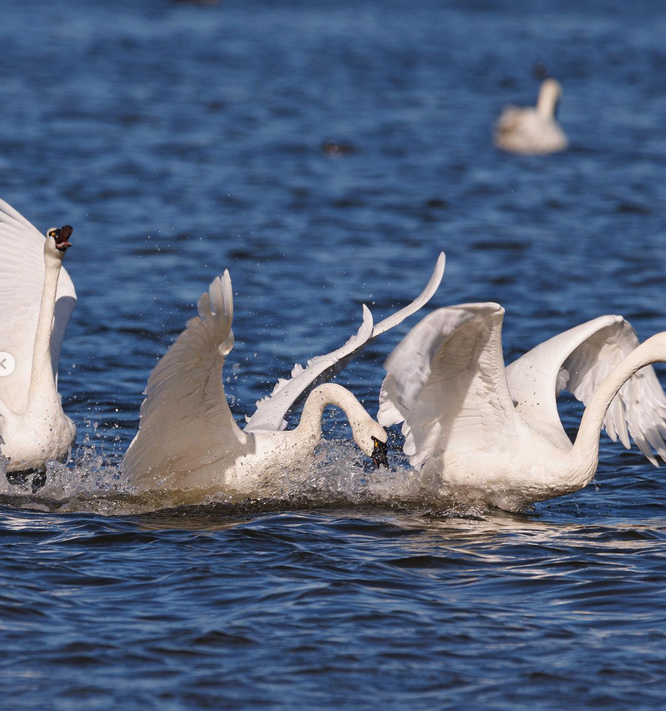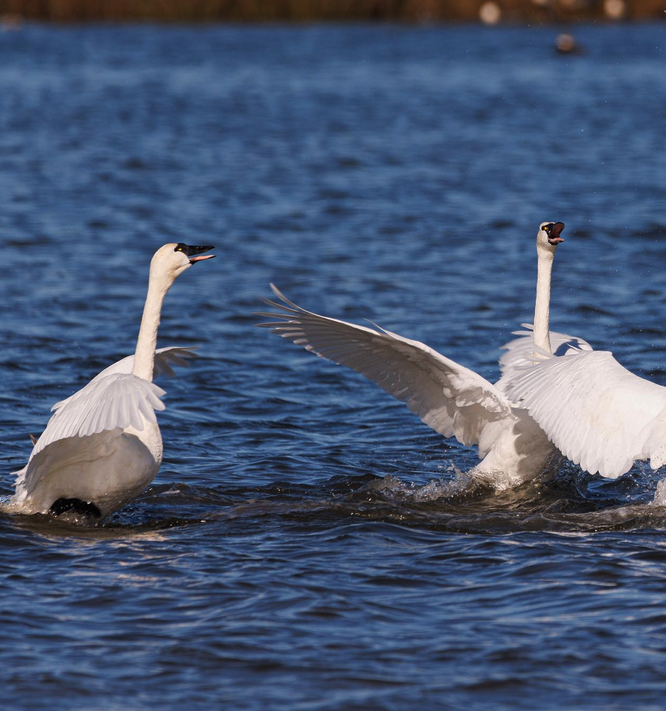I was pleased to spend some time this past weekend with a small flock of Eastern Wild Turkeys at the Cataloochee Elk Viewing Area of the Great Smokey Mountains NP in western NC.
It was so cool to watch this large Tom fan out his feathers and put on a display to impress a nearby hen or to try and intimidate his wing man away from said-hen lol!
A year round resident, the Eastern wild Turkey is found in nearly every county here in North Carolina. As a flock, they’re skittish birds which in my experience, are best photographed from belly down in the grass perspective as not to spook them off.
These large birds are constantly on the move, always on the lookout for a new snack (nuts, seeds, grains, insects and small fruits) to gobble down 😉They’re most frequently observed foraging in the early morning hours around sunrise, and will also feed actively in the evening before darkness sets in.

Turkeys are interesting birds.
Did you know that Wild Turkeys are ground nesters and will lay around a dozen eggs per clutch?
That’s a lot of eggs and the hen doesn’t lay them all at once. Instead she’ll lay one egg per day but will not begin incubating them all until the last egg is laid.
Although the first laid eggs will get cold (exposed to the elements) during the first few weeks, the fascinating thing is that the embryos in the eggs will not start to develop until the hen starts warming her clutch by sitting on the nest after all the eggs have been laid.
This ensures that even though there was a two week difference between the first egg & last egg being laid, the entire clutch will hatch at the same time!






The Eastern Wild Turkey is a year round resident of North Carolina. They are found in all 100 of our counties and unlike other species of birds, thanks to conservation efforts (and the decline of large predators) their population is actually on the increase!
Look for them in open, tree lined fields in the morning and evenings throughout the Tarheel state.
Photos by @sally_siko of @bestlife_birding on my mighty mirrorless monster, the @canonusa #R5

